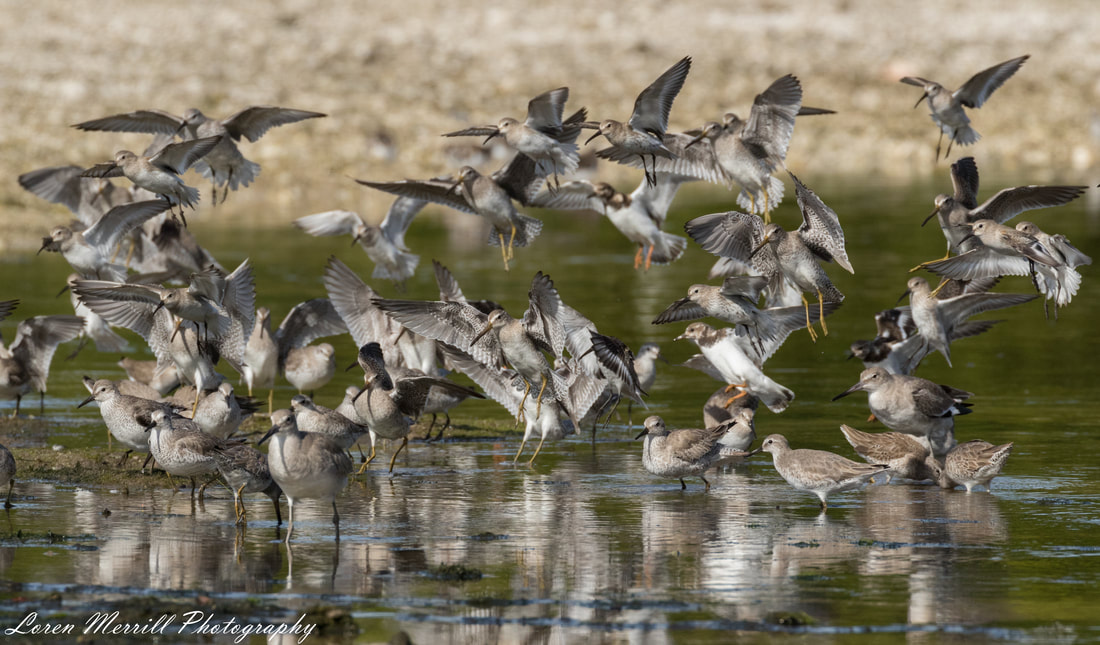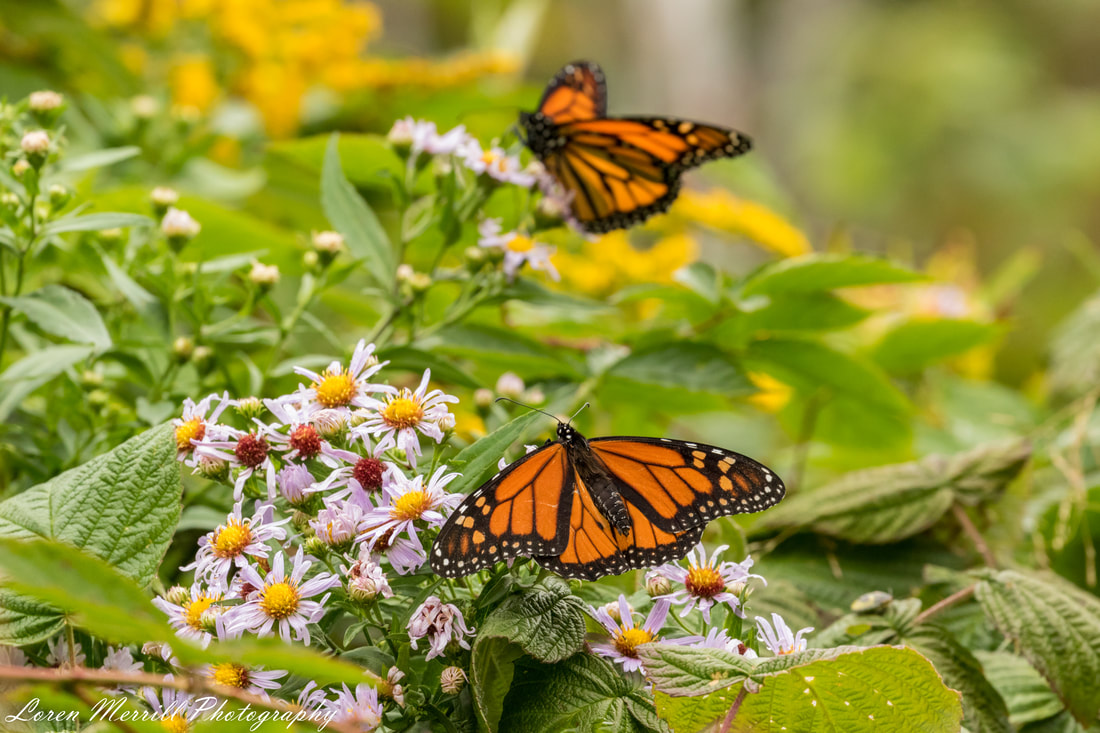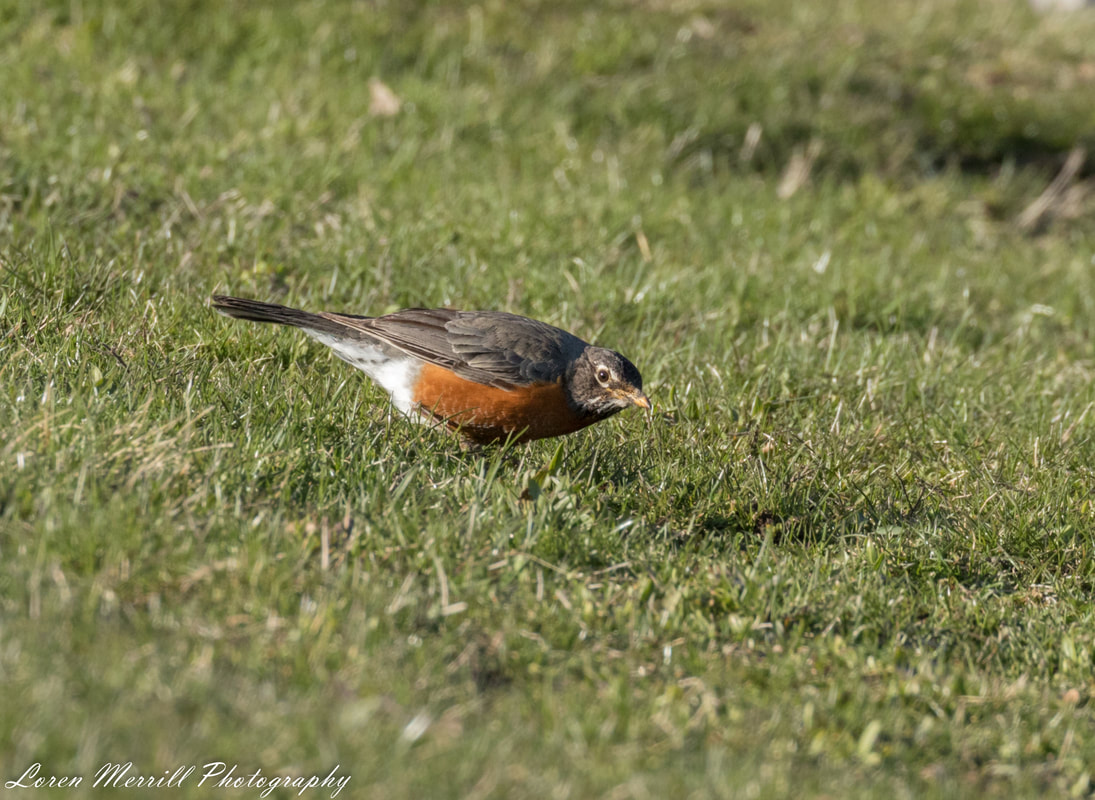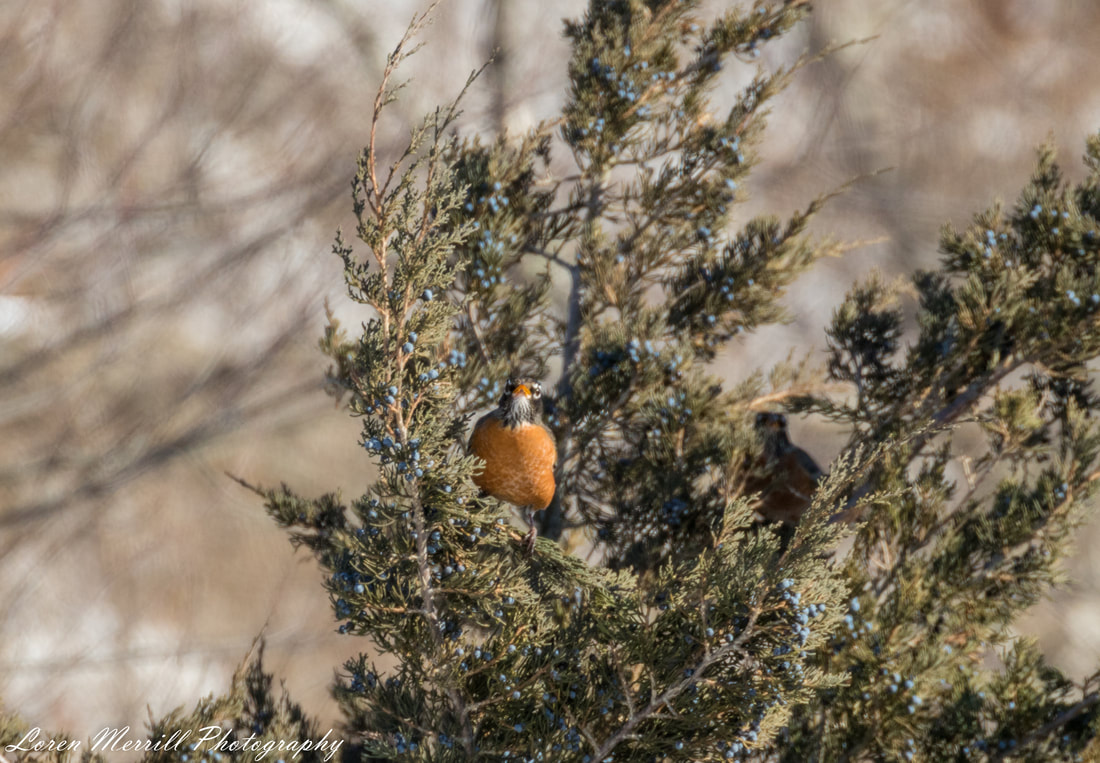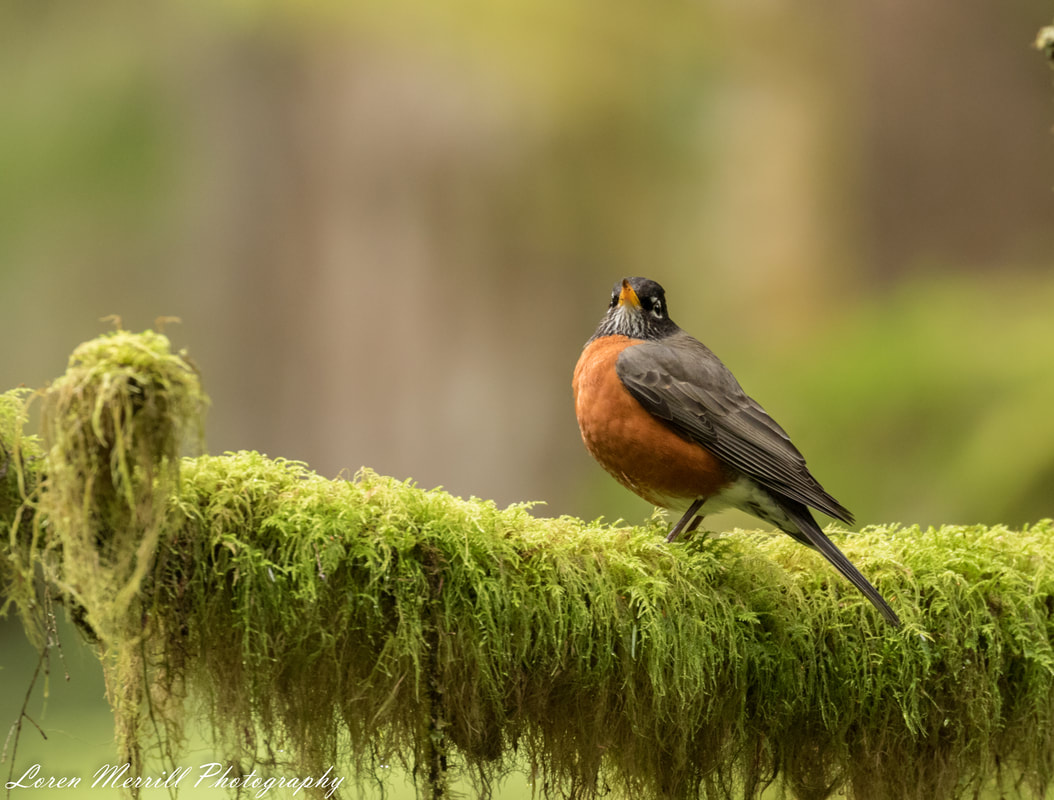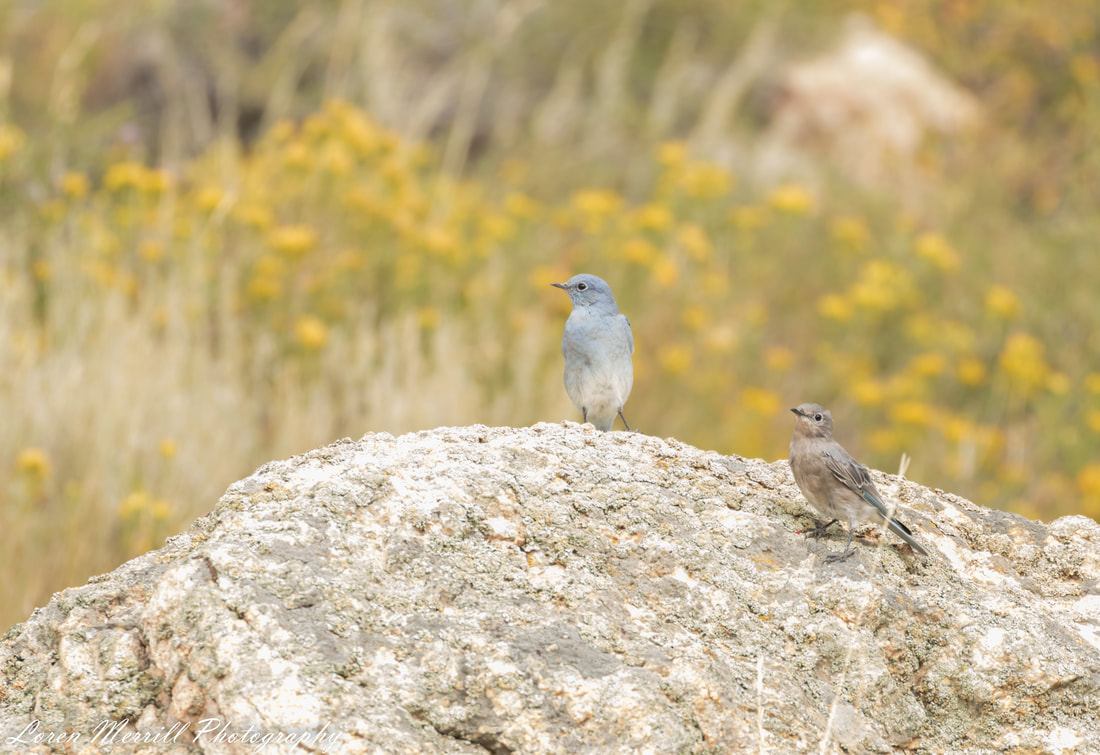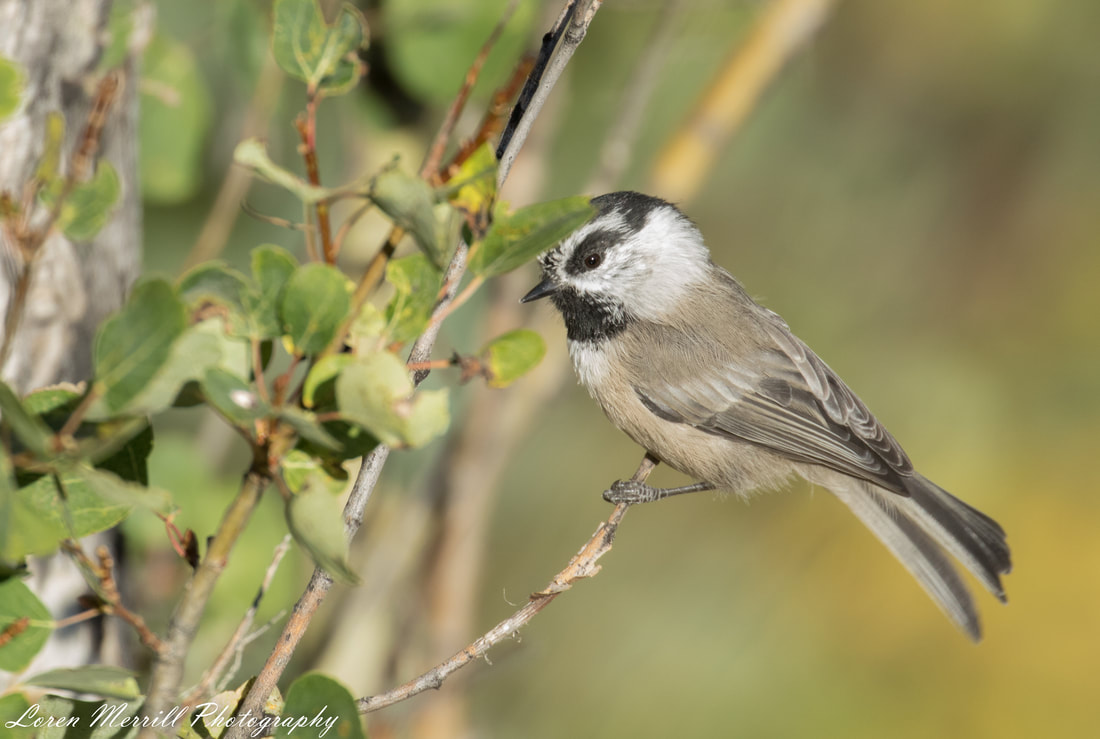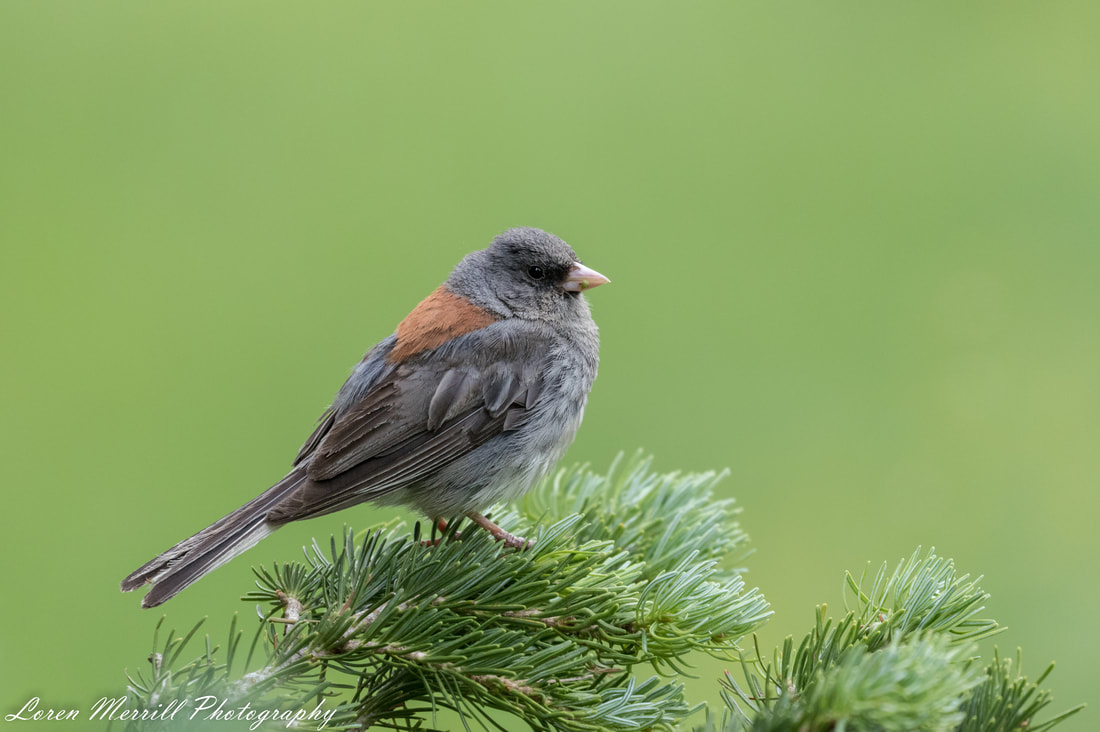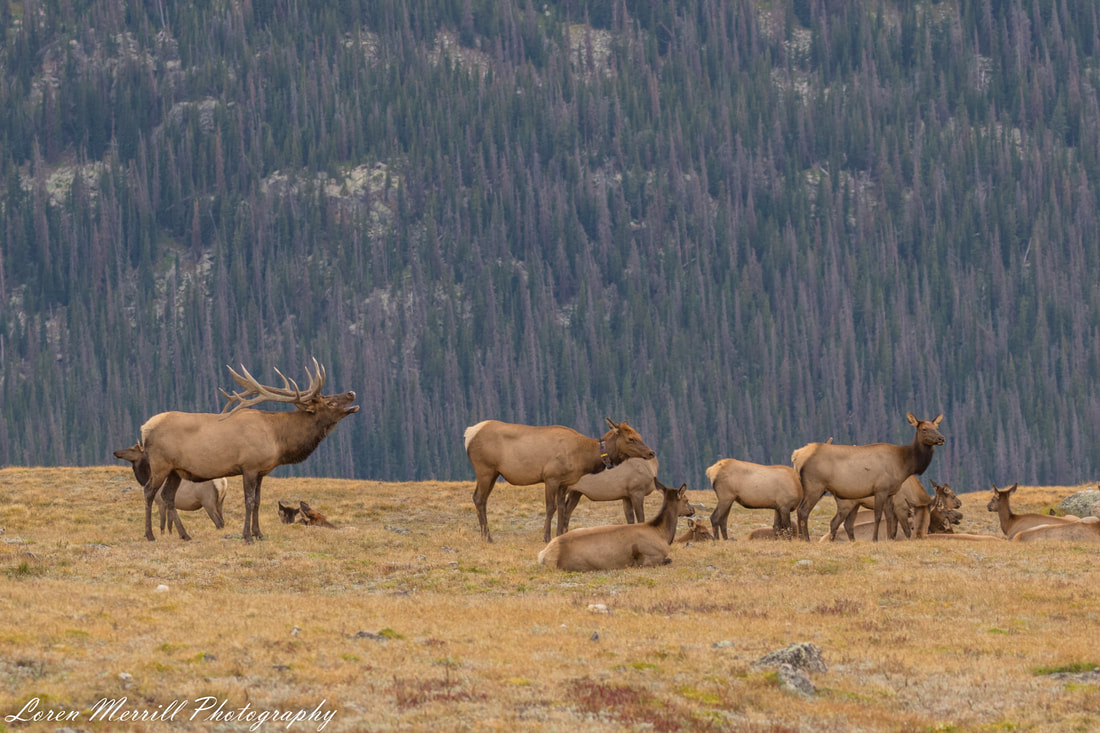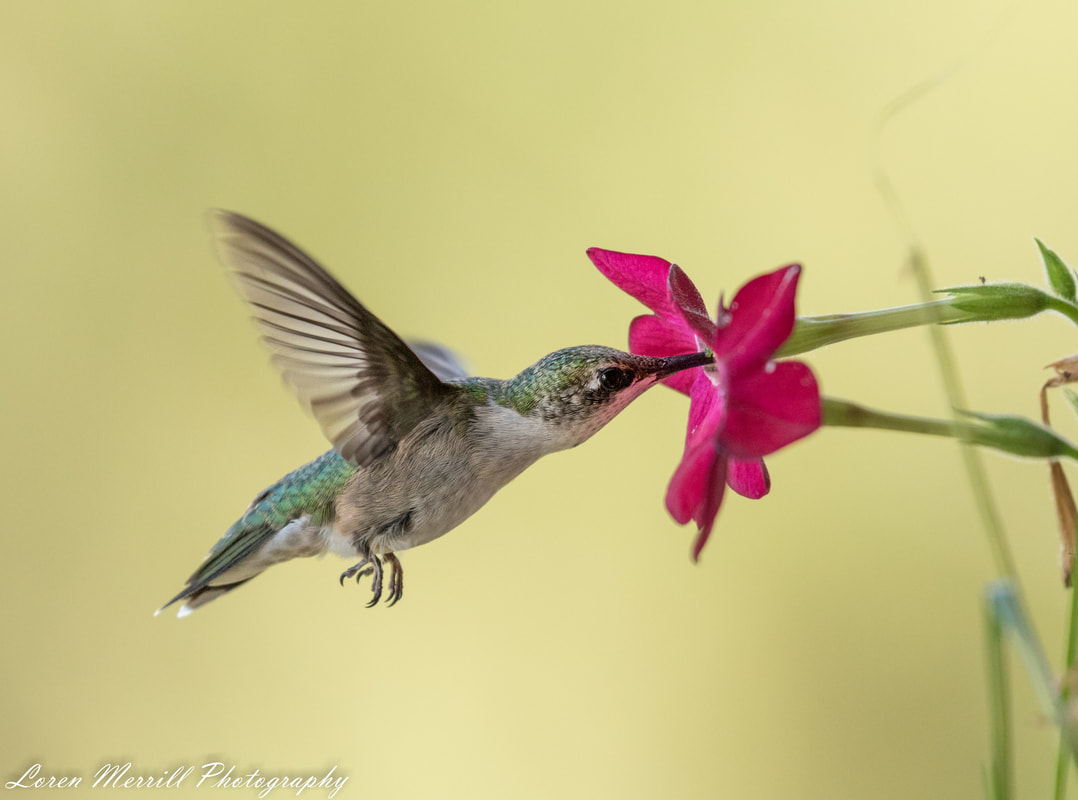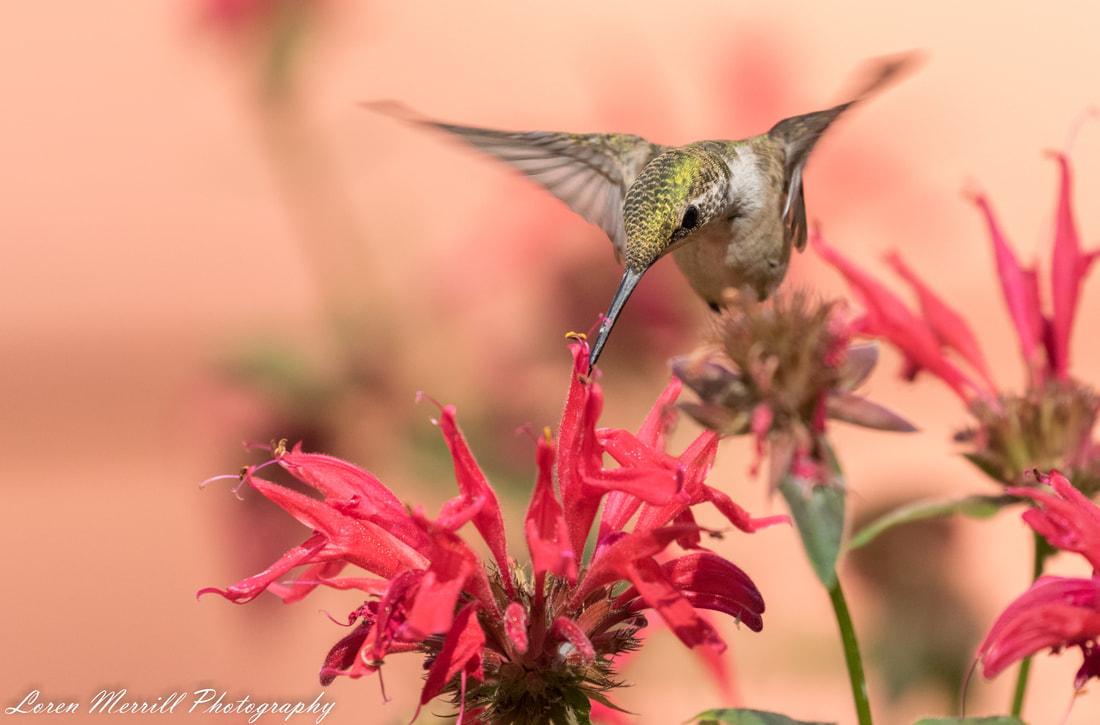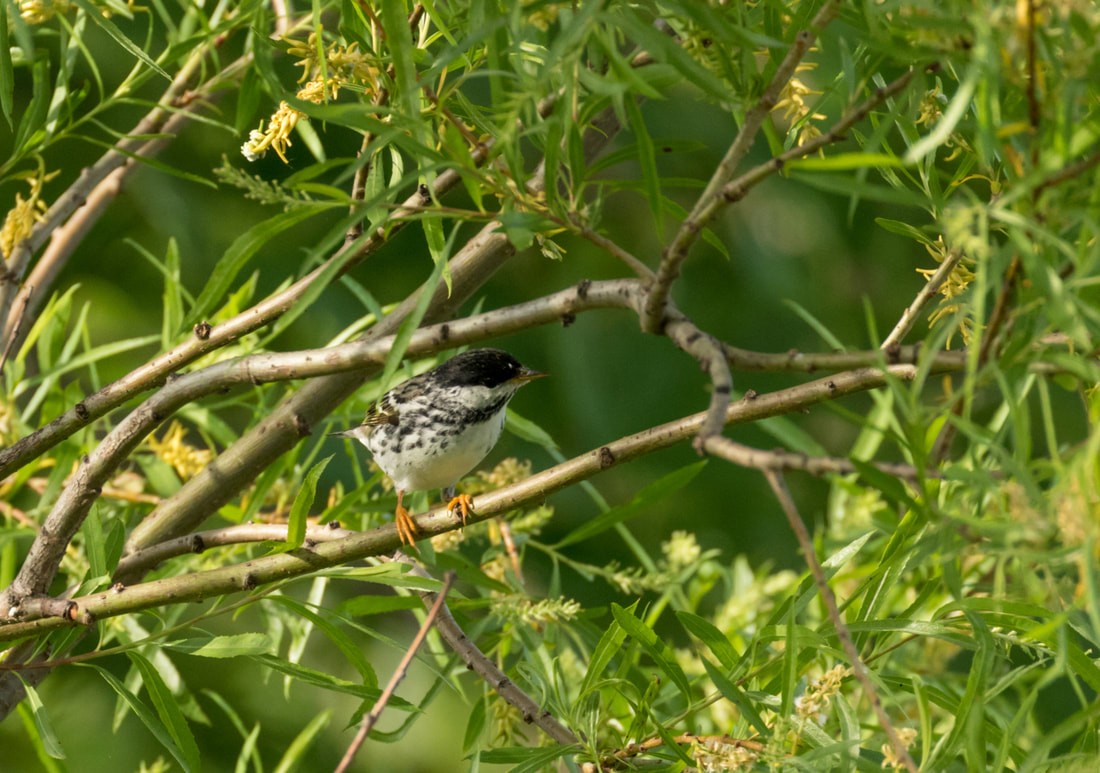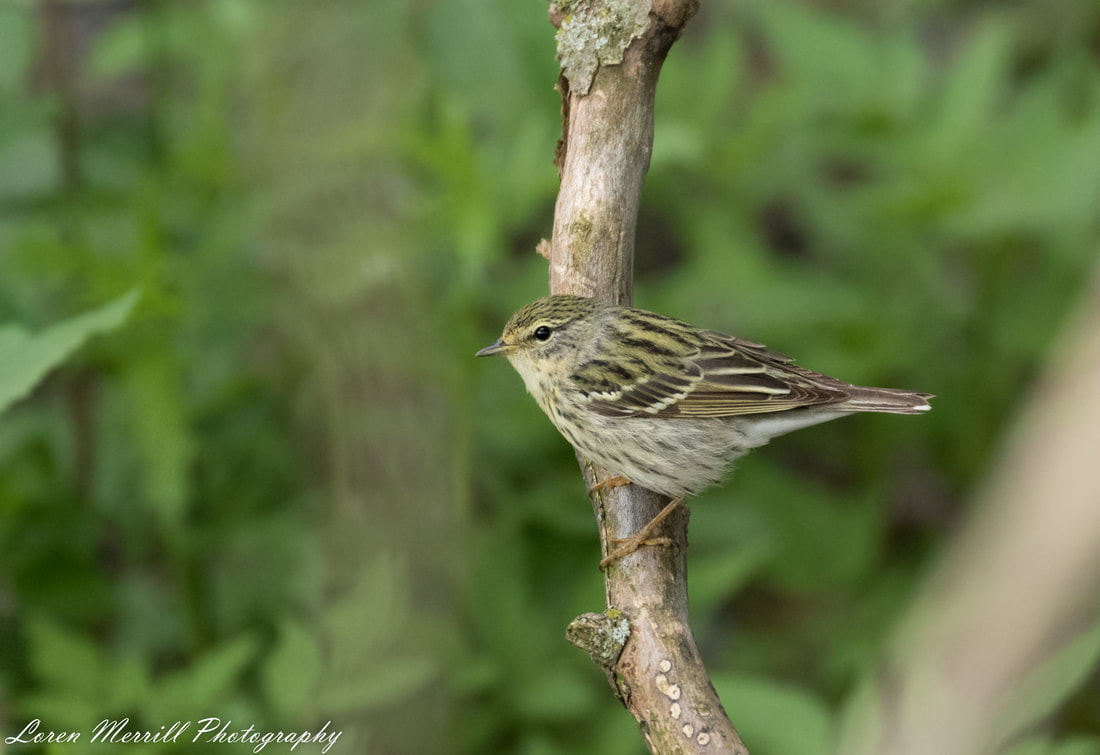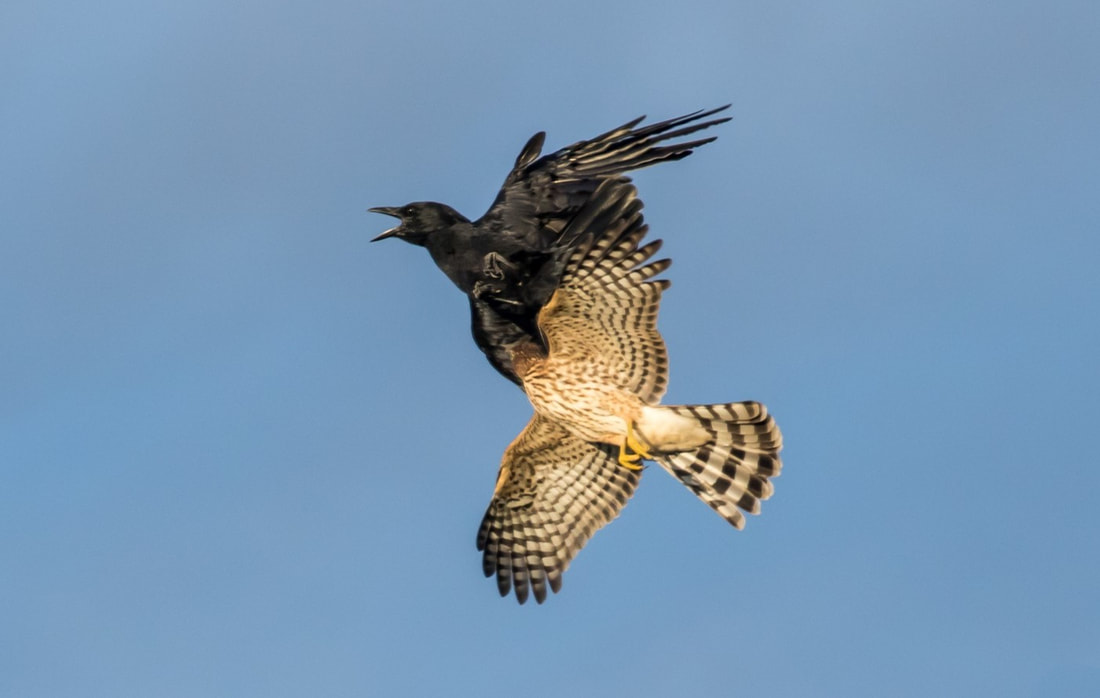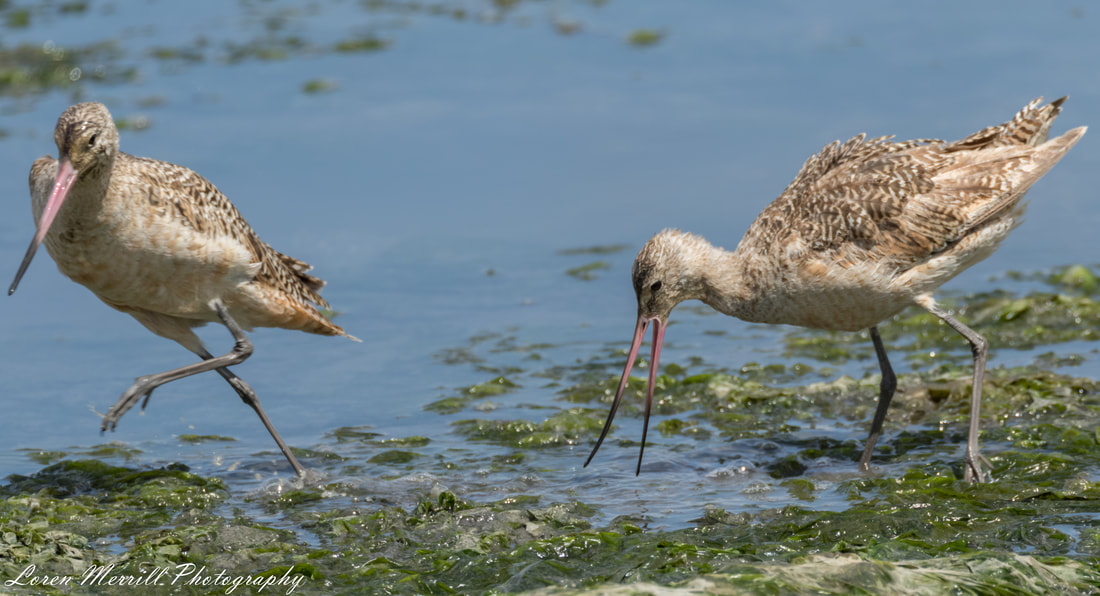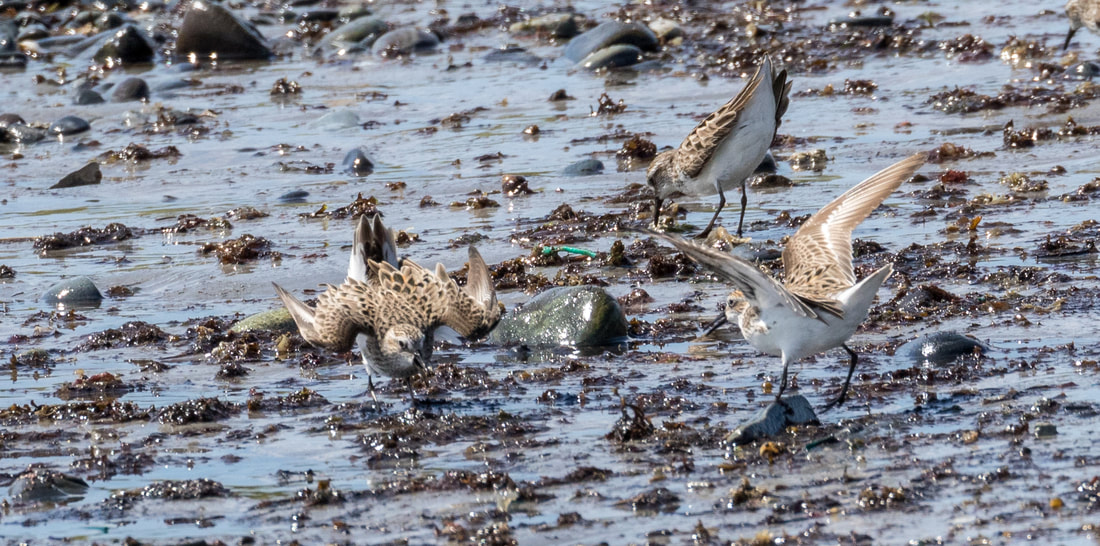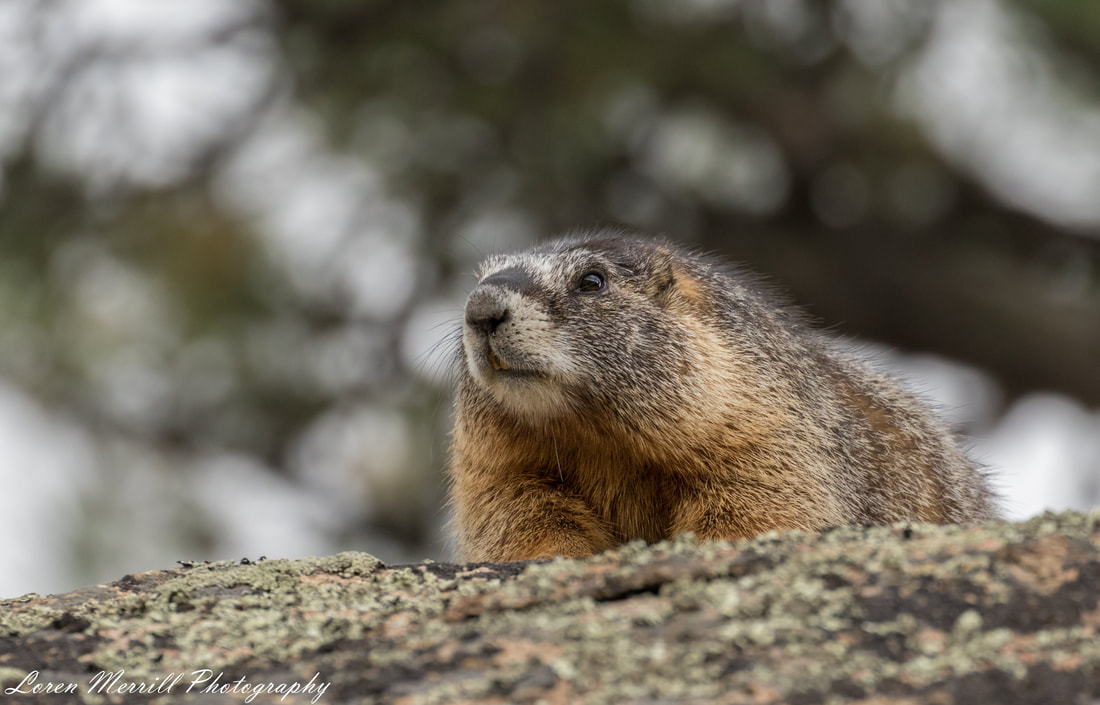|
Animal migrations capture our attention like few other events in nature. When you picture nature’s greatest spectacles, it is likely that at least one flavor of animal migration is in there; the massive herds of ungulates crossing Africa’s Serengeti in search of high quality forage; the leaping, boiling, churning masses of salmon returning from the ocean to spawn in their natal rivers; the monarch butterflies coating every available inch of leaf and trunk on the oyamel trees in their wintering regions of Mexico; the “arribadas” of sea turtles congregating on tropical beaches to lay their eggs; and the undisputed winner of long distance migration, the Arctic tern, which undertakes a zigzag route between the Arctic and Antarctic each year, a total annual journey of 44,000 miles. And these represent just a few of the flashiest migrations that have made it into the public’s collective awareness over the years. There are dragonfly migrations that exceed 10,000 miles round trip, a flying fox migration in Africa that approaches 10,000,000 animals, and daily vertical migrations for trillions of planktonic organisms that travel up towards the water surface each night to feed, and down into the dark depths each morning to escape predators. As our ability to track animals’ movements has improved, so has our understanding of the physiological and behavioral mechanisms involved in these feats. I’ll touch on a few of North America’s migrations this week to highlight the variety of tactics that animals employ when embarking on these voyages. I’ll start with something called “partial migration,” and while this category may not be well known, one bird that uses it is: the American robin. The robin holds the title of “America’s favorite worm-eater” although I’m not sure that A) it has much competition, or B) this title actually exists. Nonetheless, the robin is one of the most widespread and abundant birds in North America. Despite their abundance and conspicuous nature, robin migratory movements have been the source of confusion for millions of people over the years. People tend to get excited when they see a robin in their yard in mid-February or early March, and are ready to proclaim winter over, and to heck with Punxsutawney Phil’s dire predictions of 6 more weeks of winter. The reality is that robins exhibit partial migration; some populations, and some individuals within a given population, migrate for part of, or all, the winter months. Populations in the far north of Alaska, northern Canada, and northern New England all tend to head south for the winter, although where they migrate to is highly variable. Some head down to relatively warmer, but still chilly areas like southern Maine, New York, and Illinois, while others eschew the cold entirely and go off to nice sub-tropical locations like Florida, Cuba, and Mexico. Populations throughout the lower 48 and coastal British Columbia are more variable still; some individuals may remain in their breeding area throughout the year, while others may head a few hundred miles to the south, east or west for the winter. The real driver of these movements is thought to be food availability. When the ground is frozen and delicious invertebrates (i.e. worms!) are hard to come by, robins switch to a berry-based diet. If the area where a bird bred has great berry resources (think honeysuckles, junipers, hawthorns, Pinkberries…) it may remain there as long as there are fruits left to eat. Robins tend to move around a lot during the winter months as they search for reliable food sources, meaning that a noisy flock may be present in your yard one day, gleefully gobbling down freeze-dried berries, and gone the next. The Cornell Lab of Ornithology has put together this wonderful graphic depicting robin presence across North America over a one-year period using data generated by birdwatchers who import their bird sightings into eBird. You can see the big shifts at the northern and southern edges of the range, and the other, more subtle shifts across the middle portions. I think these graphics are amazing, and a brilliant use of Citizen Science data. So, this winter if you have robins in your yard, try listening to them to distinguish whether they are year-round residents, or visitors from up north in Canada. It’s always easy to tell if they’re friends from the north by their accents, eh? A related form of migration that is relatively common in mountainous regions of the world, and one that is well-represented here in Colorado, is elevational, or altitudinal, migration. Organisms that undertake elevational migration often don’t need to travel great distances because climatic conditions change rapidly as one ascends or descends. A drop in elevation of 1,000—3,000 feet can be the equivalent of hundreds of miles of latitudinal change. Because of the relatively short-distances involved, elevational migrants often have more flexibility in their migratory movements; rather than initiating their travel based on some indirect cue associated with the changing conditions such as decreasing day-length, these animals often have the luxury of using more direct cues such food availability, to guide their departure. Here in the Colorado High Rockies, there are a number of species that exhibit this sort of migration: mountain chickadees, mountain bluebirds, mountain goats…I guess any animal named after mountains. That’s really only partly true as there are many other species without the mountain moniker that slide up and down the slopes with the changing seasons. In addition to the above-mentioned species, some populations of elk, red-breasted and white-breasted nuthatches, dark-eyed juncos, and a suite of other species descend to milder elevations in the winter. For many of these species, the occurrence and degree of elevational change can be linked to an individual’s condition, age, and sex, as well as the severity of the winter conditions. Individuals in good condition, and/or those that can claim ownership over a good food resource may not migrate downslope at all, whereas those in poorer condition and/or subordinate in the social hierarchy may drop down early in fall. Conversely, extreme winter conditions may force all individuals down to more moderate elevations. My wife and I could very well turn into elevational migrants if winter conditions force us from our home at 9,000 feet. In stark contrast to these partial and situational migrants are the long-distance super-migrants. As I mentioned above, the Arctic tern is the undisputed champion of this category, but there are many variants on the theme of super-migrants. Let’s take a look at the ruby-throated hummingbird for starters. These iridescent, nectar-sipping, hovering dynamos breed throughout eastern North America, and are a common backyard inhabitant. In late summer, these birds begin disappearing from northern regions as they begin their southbound journey. Migrating birds often time their movements to coincide with northerly winds to help provide an extra boost and to conserve resources. Once birds reach the northern edge of the Gulf of Mexico, they pause their journey for a few hours to 15 days. At this point they have a decision to make: continue migrating south in a circuitous route along the edge of the gulf, of fly directly across it. Unlike larger birds, hummingbirds rely entirely upon fast wing-beat propulsion to stay aloft—you won’t find a hummingbird soaring around on a nice pocket of rising warm air. The decision about which route to take comes down to timing and body condition. Birds that take the long, coastal route can stop and forage as needed, but the journey may take a month or longer, whereas those taking the direct route can do it in less than a day, so long as they don’t become fish-food. The difference in the timing can be important, as those that arrive on their wintering grounds early can lay claim to higher quality territories. Crossing a massive expanse of water with no stopping areas along the way, however, is a substantial undertaking for a bird that typically weighs between 3 and 3.5 grams. For reference, that’s a little heavier than a penny. So picture a penny with some extra baggage flying nonstop for 15+ hours, flapping its wings over 50 times/second, and zipping over the surface of the water at 40mph. Birds that are about to cross the gulf need to load up on energy stores, and often add a third or more of their body weight in fat. These reserves, while critical for making the crossing, come with a cost; they reduce the birds’ flight efficiency. There is thus a tradeoff for a hummingbird between how much extra weight to pack on and how much that extra weight will cost to transport, especially if they encounter a headwind. Nonetheless, many of these fat flying pennies will embark on this flight across the gulf. What percentage of the population uses this route, and how many survive is still unknown, but the fact that at least some of these birds successfully navigate this route is amazing. The blackpoll warbler is a bit larger than the hummingbird, clocking in around 10 grams, and this denizen of the northern forests has one of the most physically taxing fall migrations of any bird. The blackpoll breeds from northern New England over to western Alaska, and birds winter primarily in South America. To get to their wintering grounds, birds head east to the eastern seaboard of the US, and then from various staging points on the coast they plummet off the map into the ocean. Well, not exactly. But birds do continue to head east where they hope to catch northwesterly winds that will help propel them to South America. In the process, these birds cross an average of almost 2,000 miles of open ocean. Like the ruby-throated hummingbird, these birds make this crossing in one go, which typically takes 80-90 hours of non-stop flying. To put this in perspective, researchers Tim and Janet Williams came up with some comparable statistics: “The trip… requires a degree of exertion not matched by any other vertebrate. For a man, the metabolic equivalent would be to run 4-minute miles for 80 hours…If a blackpoll warbler burned gasoline for fuel instead of its reserves of body fat, it could boast of getting 720,000 miles to the gallon!” This feat is truly an extraordinary example of endurance, but when the Williams wrote that piece in 1978 we did not yet know about some of the migratory journeys undertaken by shorebirds, who are the true ultra-endurance winners. I wrote above that the Arctic tern is the champion long-distance migrant, but these birds are 1) meant for life on the wing (they can even sleep while flying), and 2) able to stop either on land or on the water during their migration. In comparison, some shorebirds such as the red knot and bar-tailed godwit, undertake preposterous trans-oceanic flights of more than 7,000 miles, lasting upwards of 7 days, during which they do not feed, drink, stop, or sleep. How do they accomplish this? Imagine for a moment simply not sleeping for 7 days, ignoring the no eating, drinking, sleeping, and constant physical exertion components. The result would be the crankiest person you know, multiplied by a thousand-fold. It’s only natural to wonder if the consequence of this marathon event is a bunch of really foul-tempered (or is it fowl-tempered…) birds jabbing at one another with their bills once they reach their wintering grounds? I don’t think anyone has yet examined shorebird crankiness although my informal observation would suggest that they can be quite crabby. Researchers have looked into other aspects of the physiological changes birds undergo prior to and during these migratory events. Most obvious are the changes in fat deposition; birds can more than double their weight prior to migration by putting on large fat reserves. Fat is the perfect fuel for these journeys—it provides more energy per unit than carbohydrates or proteins, it can be stored dry without accompanying water or protein, it can be oxidized efficiently and completely by most body tissues, and fat catabolism results in the production of water, which can be used by the bird. Birds also undergo rapid changes in tissue size, in which organs that are not going to be used during the flight (like the stomach and intestines, some immune organs, and leg muscles) are more or less absorbed by the body, whereas others that will be heavily relied upon (such as flight muscles) increase in mass. Upon arriving at their destination, these broadscale changes to muscles, gut, and immune organs occur in reverse and in short-order—typically within just a few days. The ability to undergo these rapid and reversible changes is known as “phenotypic flexibility” and migratory birds exhibit some of the most flexible phenotypes we know. I wonder if they do much yoga…
We have acquired a wealth of information about animal migration in the past few decades, but there are still huge gaps in our understanding of migratory patterns, habitat usage, behavior, and physiology for many if not most migratory species. However, when you consider that historically people thought birds that vanished in the fall and reappeared in the spring spent the winter hibernating under the mud like frogs and turtles, we’ve come a long way. Next week: Cachers, Hoarders, and Hyperphagists (Super-eaters) Subscribe to the Newsletter: If you would like to get notifications about when new posts are up and other tidbits related to the blog, sign up for the View Out the Door weekly newsletter. Just email viewoutthedoor “at” gmail “dot” com with the subject header SUBSCRIBE.
2 Comments
Peter Merrill
10/8/2019 11:34:58 am
Great photos as usual and very interesting analogies for these fascinating journeys.
Reply
Loren Merrill
10/9/2019 10:14:17 am
Thanks Dad!!
Reply
Leave a Reply. |
About the author:Loren grew up in the wilds of Boston, Massachusetts, and honed his natural history skills in the urban backyard. He attended Cornell University for his undergraduate degree in Natural Resources, and received his PhD in Ecology from the University of California, Santa Barbara. He has traveled extensively, and in the past few years has developed an affliction for wildlife photography. Archives:
|
